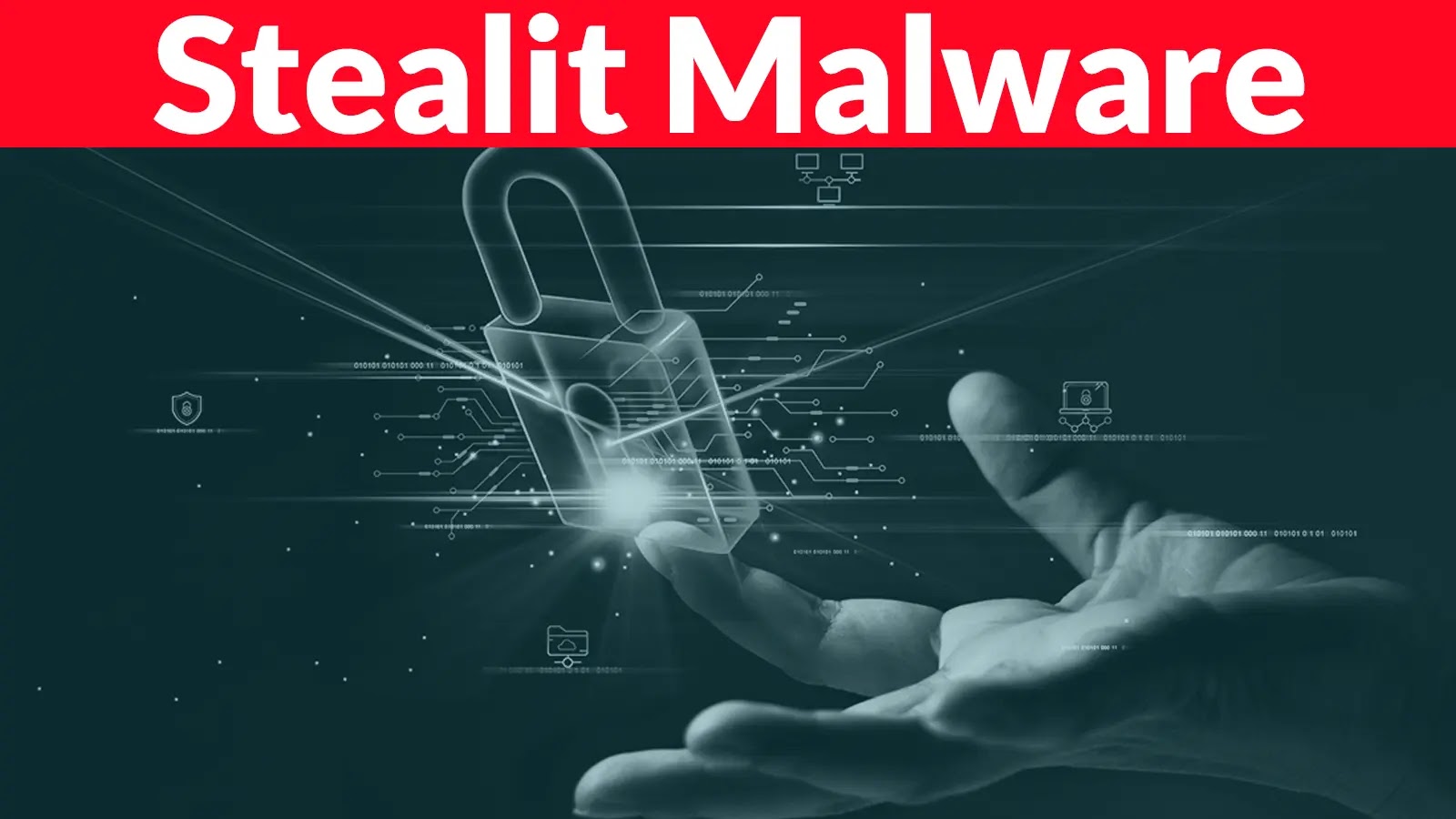
New Stealit Malware Attacking Windows Systems Abuses Node.js Extensions
Unmasking Stealit: A New Threat Abusing Node.js Extensions on Windows Systems
The digital threat landscape is in a constant state of flux, with new and increasingly sophisticated malware emerging to challenge even the most robust security postures. A recent and particularly concerning development is the identification of Stealit malware, a new campaign specifically targeting Windows systems. What makes Stealit stand out is its innovative abuse of Node.js Single Executable Application (SEA) features, allowing it to evade traditional detection methods and deliver malicious payloads with alarming stealth.
This report delves into the operational specifics of Stealit, its advanced obfuscation and anti-analysis capabilities, and the significant implications for enterprise security. Understanding this evolving threat is paramount for IT professionals, security analysts, and developers seeking to fortify their defenses against modern malware-as-a-service operations.
Stealit Malware: A New Era in Node.js-Based Attacks
Stealit represents a significant leap in malware development, moving beyond conventional evasion tactics. Its core innovation lies in the exploitation of legitimate Node.js Single Executable Application (SEA) features. Node.js, a popular JavaScript runtime, allows developers to package entire applications, including the Node.js runtime itself, into a single executable file. While intended for legitimate distribution, Stealit weaponizes this capability to encapsulate its malicious code, making it appear as a benign, self-contained application.
This approach offers several advantages to the attackers:
- Reduced Detection Surface: Traditional antivirus and endpoint detection and response (EDR) solutions often rely on signature-based detection or behavioral analysis of known malicious executables. By embedding itself within a seemingly legitimate Node.js SEA, Stealit can bypass these initial layers of defense.
- Simplified Distribution: Malicious Node.js SEAs are easier to deliver to victims, often disguised as legitimate software updates, open-source utilities, or productivity tools.
- Cross-Platform Potential: Although currently observed targeting Windows, the inherent cross-platform nature of Node.js suggests a potential for future expansion to other operating systems.
Advanced Obfuscation and Anti-Analysis Techniques
Beyond its Node.js SEA deployment, Stealit employs a suite of advanced techniques to ensure persistence and hinder analysis. These include:
- Code Obfuscation: The malware extensively uses code obfuscation to make its internal logic difficult to understand and reverse-engineer. This involves techniques like meaningless code insertion, variable renaming, and string encryption.
- Anti-Debugging and Anti-VM Capabilities: Stealit actively checks for the presence of debuggers, virtual machine environments, and other analysis tools. If detected, it can alter its behavior, terminate execution, or self-destruct, making it exceptionally challenging for security researchers to study its full capabilities.
- Dynamic Payload Loading: Rather than embedding all its functionalities directly, Stealit often downloads additional malicious components dynamically from command-and-control (C2) servers. This modular approach allows attackers to update capabilities, tailor payloads, and further complicate detection.
- Persistence Mechanisms: Once an initial foothold is established, Stealit employs various persistence mechanisms to ensure it survives system reboots and maintains control over the compromised system. This can involve modifying registry keys, creating scheduled tasks, or injecting into legitimate processes.
The combination of these techniques establishes Stealit as a formidable threat, demanding a sophisticated and multi-layered approach to cybersecurity.
Remediation Actions and Proactive Defense
Mitigating the threat posed by Stealit malware requires a comprehensive and proactive strategy. Organizations must move beyond reactive defenses and implement measures that address the entire attack lifecycle.
- Endpoint Detection and Response (EDR) Systems: Deploy and regularly update EDR solutions with behavioral analysis capabilities that can detect suspicious process execution, file modifications, and network communications, regardless of the initial payload disguise.
- Application Whitelisting: Implement strict application whitelisting policies to prevent unauthorized executables, especially those not digitally signed by trusted vendors, from running on endpoints.
- Network Traffic Monitoring: Monitor network traffic for unusual outbound connections to unknown or suspicious IP addresses and domains, which could indicate C2 communication.
- User Awareness Training: Educate employees about the dangers of phishing emails, suspicious downloads, and the importance of verifying software sources. Many initial infections leverage social engineering tactics.
- Regular Security Audits and Penetration Testing: Conduct regular security audits and penetration tests to identify vulnerabilities and weaknesses in your security posture that Stealit or similar threats could exploit.
- Patch Management: Ensure all operating systems, applications, and Node.js runtimes are patched and up-to-date to protect against known vulnerabilities. While Stealit abuses features, unpatched systems offer easier entry points.
- Secure Software Development Lifecycle (SSDLC): For developers, integrate security best practices into the software development lifecycle to minimize vulnerabilities in internally developed applications that might inadvertently facilitate malware.
The Evolution of Malware-as-a-Service
Stealit underscores a broader trend in the cybersecurity landscape: the continued evolution of malware-as-a-service (MaaS) operations. These platforms provide tools and infrastructure for less technically proficient threat actors to launch sophisticated attacks. Stealit’s advanced features suggest a product designed to be potent and adaptable, offered to a wider range of malicious actors.
The continuous innovation in evasion techniques, such as the abuse of Node.js SEAs, highlights the critical need for constant vigilance and adaptive security measures. Organizations must prioritize threat intelligence, invest in advanced security technologies, and foster a culture of cybersecurity awareness to stay ahead of these increasingly sophisticated threats.
For more detailed information on this campaign, refer to the original publication at Cyber Security News.





